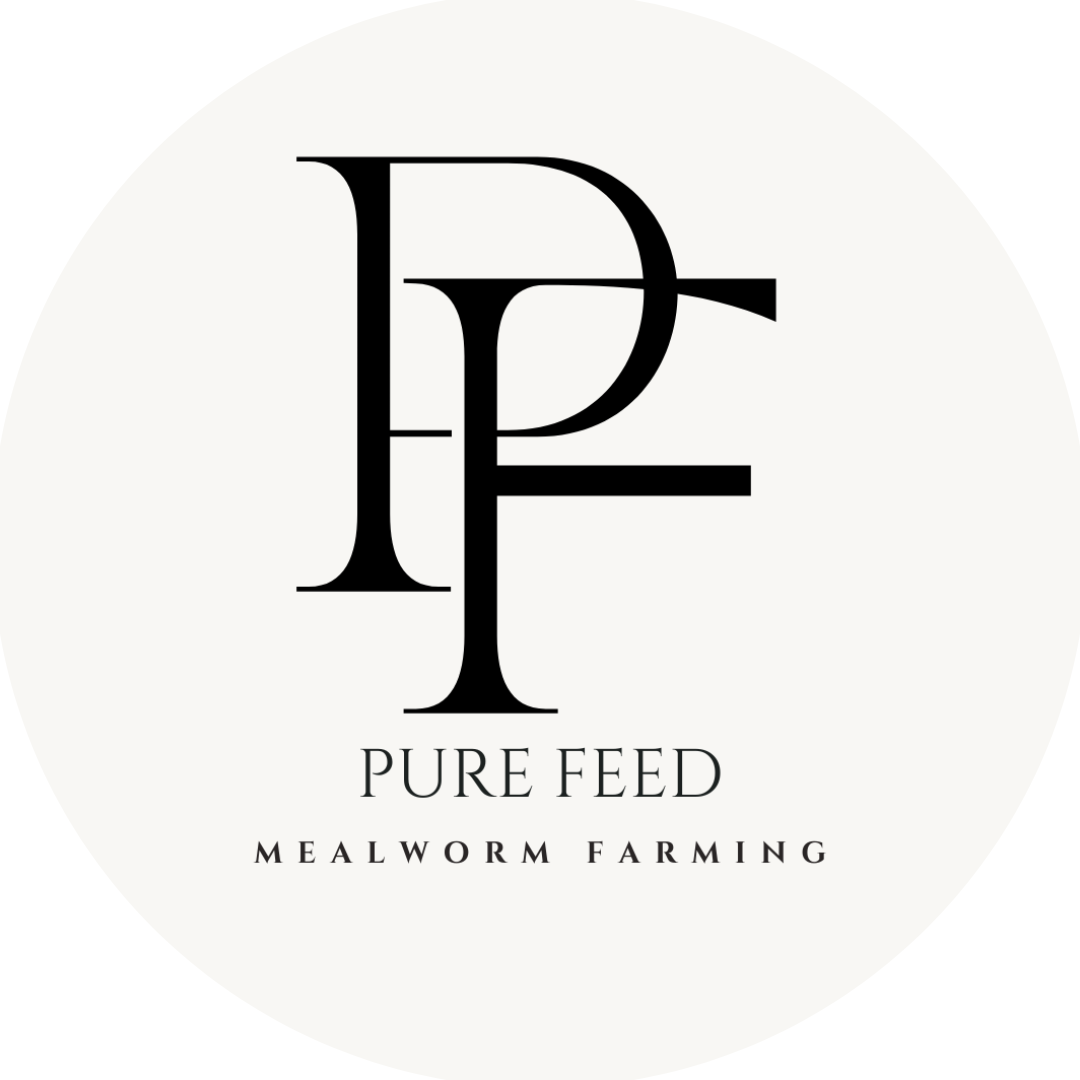Mealworms, the larval stage of darkling beetles from the Tenebrionidae family, play a crucial role as decomposers in nature and are gaining popularity as a protein-rich food source. Here’s an in-depth exploration of mealworms:
Physical Appearance:
Measuring 1 to 1.25 inches, mealworms boast a cylindrical, segmented body with a tough exoskeleton for protection. Initially ivory or cream-colored, they darken as they age, featuring distinct sections with tiny bristles.
Habitat:
In the wild, mealworms thrive in diverse environments, including under rocks and in decaying wood. Highly adaptable, they prefer warm, dark, and humid conditions. In captivity, they are often raised in containers with bran or oats as a substrate for controlled breeding.
Life Cycle:
Comprising four stages – egg, larva, pupa, and adult beetle – mealworms undergo a fascinating transformation. Tiny white eggs are laid in clusters, and the larvae molt through stages, shedding exoskeletons. Mature larvae enter the pupal stage, emerging as adult darkling beetles.
Diet:
As detritivores, mealworms consume decaying organic matter. In captivity, their diet includes grains, vegetables, and fruits, showcasing their role in waste recycling and breaking down organic matter.
Culinary Uses:
Recognized as a sustainable protein source, mealworms have a nutty flavor and a slightly crunchy texture. They can be roasted, fried, or used in recipes like protein bars and cookies, contributing to diverse culinary traditions.
Economic Importance:
Beyond culinary applications, mealworms are vital in industries, serving as live or dried bait in fishing and as a nutritious food source for reptiles, birds, and other animals in the pet trade.
Conclusion:
Mealworms, with their ecological significance and versatile applications, are subjects of increasing interest in agriculture, animal husbandry, and human nutrition. Their adaptability and efficiency in converting organic waste into valuable protein make them integral to the pursuit of sustainable and resource-efficient food sources.
